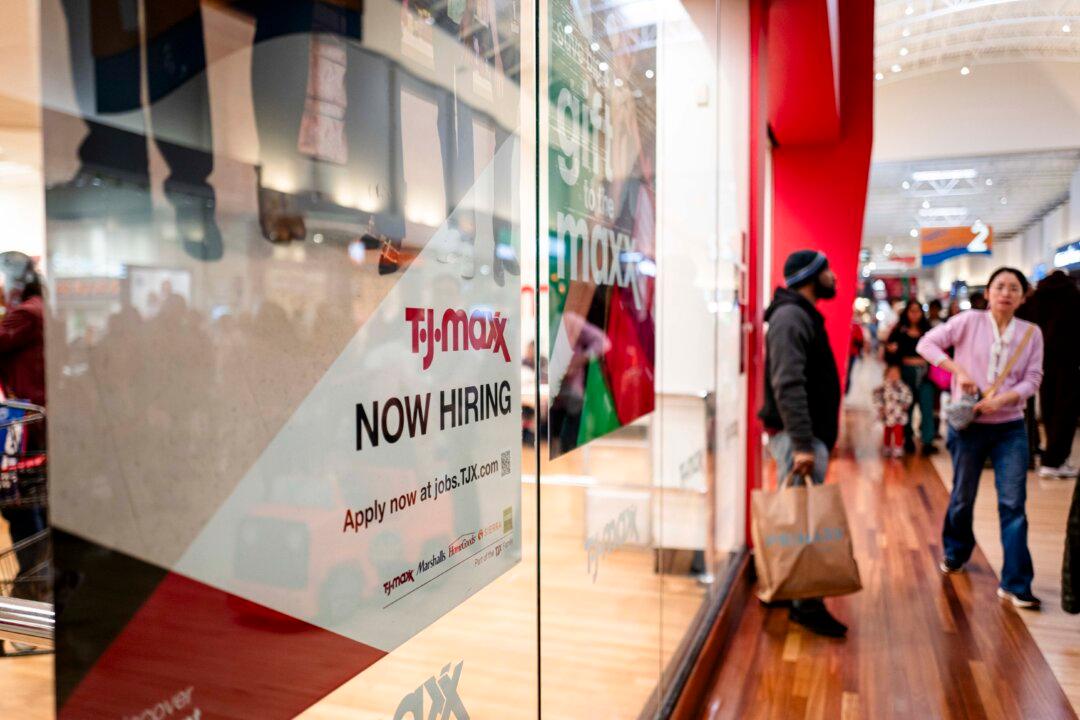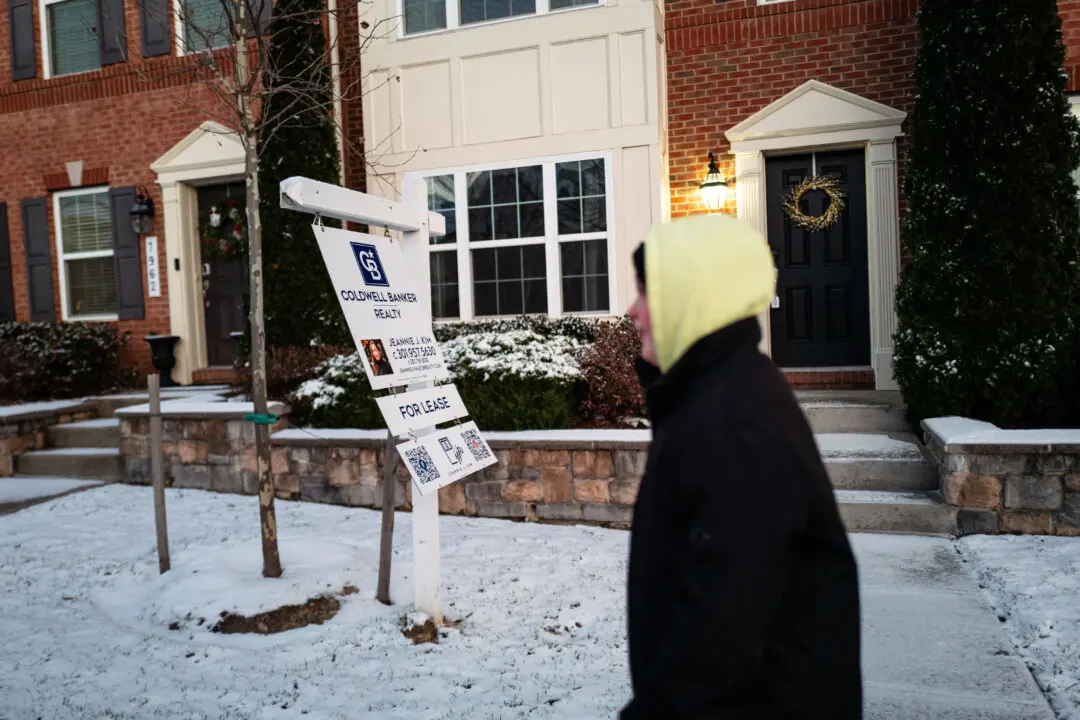The U.S. economy grew 2.6 percent in the fourth quarter, down from 3.2 percent in the third quarter, according to the Bureau of Economic Analysis (BEA). This is slightly below the second estimate of 2.7 percent.
The real GDP growth rate (inflation-adjusted) was 2.1 percent in 2022, down from 5.9 percent in 2021. Most of the expansion was driven by gains in consumer spending, private inventory investment, exports, and nonresidential fixed investment. A drop in federal government spending and residential fixed investment offset a portion of these increases.





